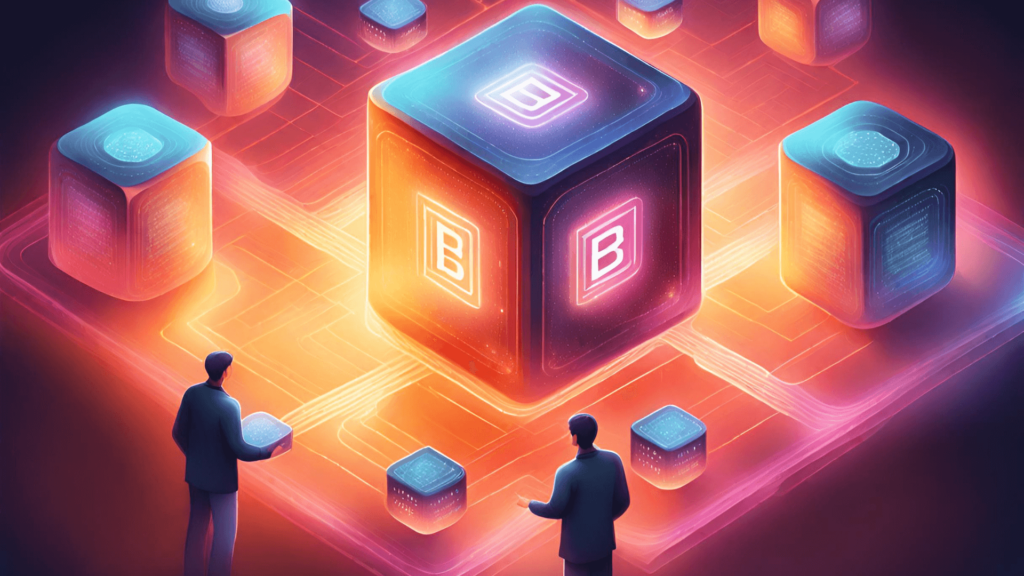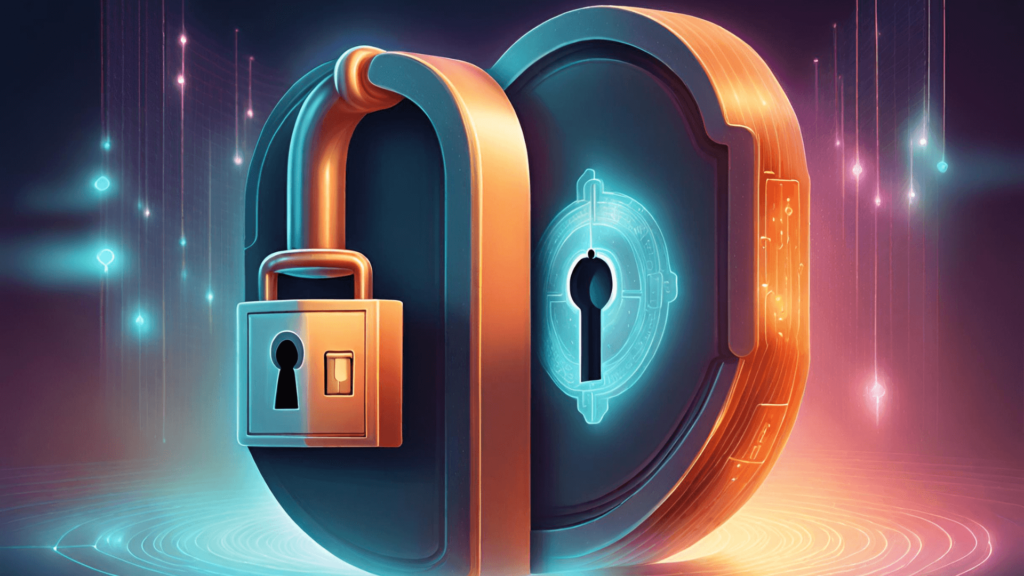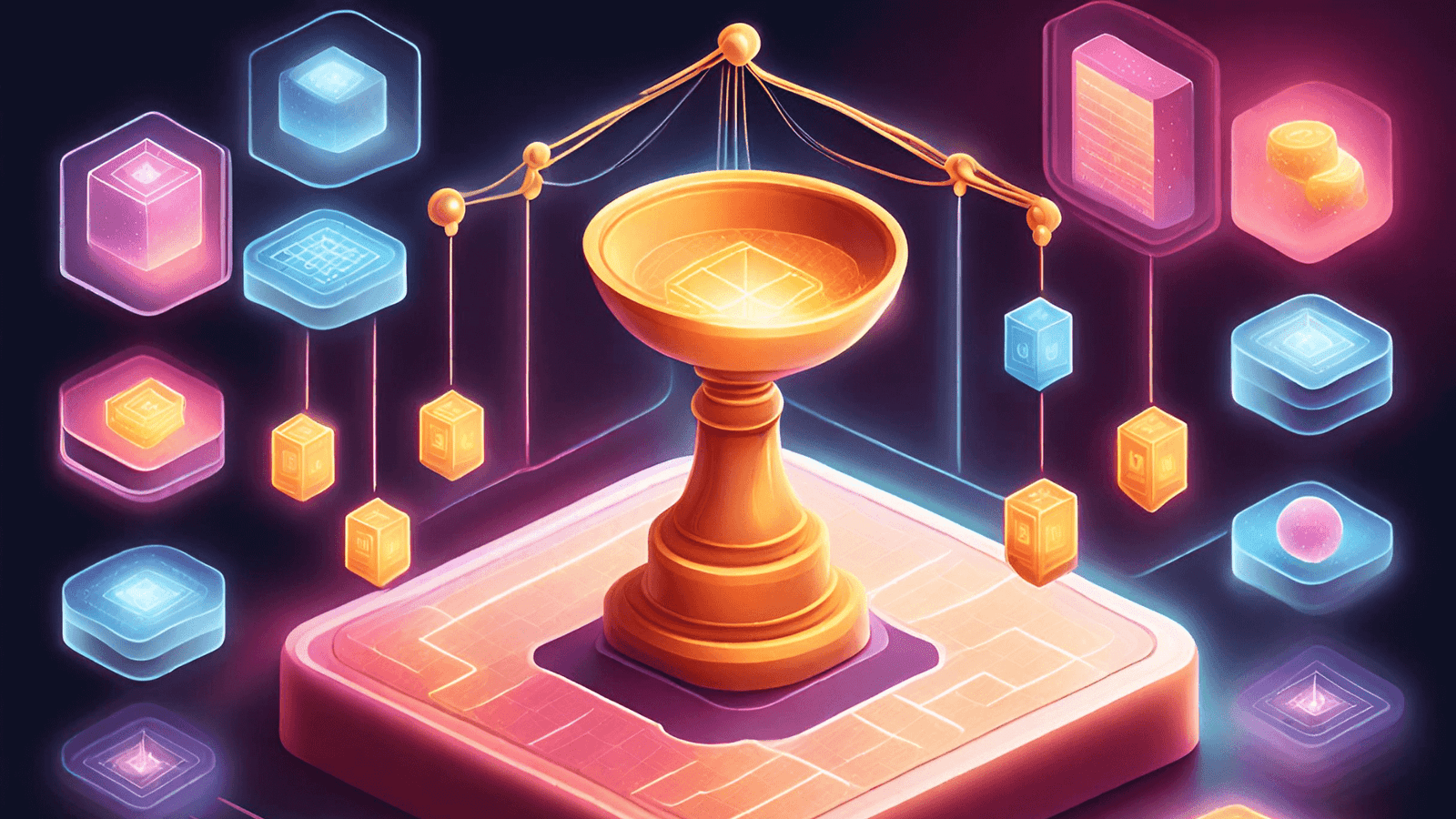A comparative analysis: Blockchain technology versus traditional databases

Blockchain technology versus traditional databases
Blockchain technology versus traditional databases | In today’s digital age, the importance of databases cannot be underestimated. They serve as the backbone of countless systems and applications and contain large amounts of valuable data. However, with the emergence of blockchain technology, the landscape is evolving. This article aims to provide a comprehensive comparison between blockchain technology and traditional databases, exploring their fundamental concepts, architectures, security aspects, use cases, advantages, limitations and future possibilities.
Fundamental concepts

Traditional database systems
Traditional databases are well-established systems that have been used for decades. They are centralized in nature, meaning that control and ownership of the data resides with a central entity. The main goal of traditional databases is to store, manage and retrieve structured data efficiently. They use a relational data model, organizing data in tables with predefined relationships between them.
Block chain technology
Blockchain technology, on the other hand, is a relatively new concept that has gained significant momentum in recent years. A decentralized approach is needed, distributing control and ownership among a network of participants. The main goal of Blockchain is to provide a secure and transparent method of recording and verifying transactions. It employs a distributed ledger technology, where a network of computers, known as nodes, maintains a shared and synchronized ledger.
Architecture Comparison

Centralization versus decentralization
One of the key differences between traditional databases and blockchain technology lies in their architectures and the degree of centralization or decentralization they possess.
Control and ownership
Traditional databases give a central entity complete control and ownership over the stored data. This centralization allows for easy administration and coordination. In contrast, blockchain technology distributes control and ownership among multiple participants, eliminating the need for a central authority. Each participant owns a copy of the blockchain, ensuring that no single entity has complete control.
Trust and security
With traditional databases, trust is established through the reputation and trustworthiness of the central entity. Security measures such as access controls, permissions, encryption and regular backups are used to protect data. On the other hand, blockchain technology leverages algorithms and cryptography to build trust, ensuring that data entered into the blockchain cannot be manipulated. The decentralized nature of blockchain also adds an additional layer of security, as compromising a single node does not compromise the entire system.
Scalability and performance
In terms of scalability, traditional databases have proven their ability to handle large volumes of data and high transaction rates. They excel when performance is critical as they are optimized for efficient data recovery. Blockchain technology, on the other hand, faces scalability challenges. As more participants join the network and transaction volume increases, the blockchain may become slower and less efficient. However, advancements such as sharding and layer 2 solutions are being explored to address these scalability issues.
Relational data models versus distributed ledger technology
Another crucial aspect to consider when comparing traditional databases and blockchain technology is the structure and organization of the data they store.
Data structure and organization
Traditional databases follow a relational model, which organizes data in tables with predefined relationships. This structure allows you to query, aggregate, and analyze data efficiently. Blockchain technology, on the other hand, employs a distributed ledger, where data is organized into blocks that contain an immutable, time-stamped record of transactions. These blocks are joined cryptographically forming a chain that ensures the integrity of the data.
Data consistency and integrity
In traditional databases, data consistency and integrity are maintained through various mechanisms, such as primary keys, foreign key constraints, and transaction processing. Changes made to data must follow predefined rules to ensure data integrity. However, Blockchain technology takes a different approach. Once a transaction is added to the blockchain, it cannot be modified or deleted. This immutability ensures that the historical transaction log remains intact, providing a high level of data integrity.
Flexibility and extensibility
Traditional databases offer a high degree of flexibility and extensibility, allowing data fields and relationships to be added or modified. Changes can be made relatively easily, as long as they follow the defined structure. On the other hand, blockchain technology has certain limitations in terms of flexibility. Once a blockchain is established, making significant changes to its structure can be challenging and may require consensus among network participants. This limitation ensures the stability and security of the blockchain, but can hinder its flexibility in certain scenarios.
Security and reliability of Blockchain technology and traditional databases

Database Security
Traditional databases employ various security measures to protect the data they store. Access controls and permissions ensure that only authorized people can view or modify data. Encryption is used to protect sensitive information, making it unreadable to unauthorized parties. There are also regular backup and recovery procedures to protect against data loss. These security measures, combined with best practices in data management, contribute to the overall security and reliability of traditional databases.
Blockchain Security
Blockchain technology takes security to a whole new level. Blockchain transactions are cryptographically secured, making them virtually impossible to modify. The decentralized nature of blockchain also makes it resistant to hacking or tampering. Consensus mechanisms, such as Proof-of-Work or Proof-of-Stake, further improve security by ensuring that all participants agree on the validity of transactions. Additionally, smart contracts, which are self-executing agreements stored on the blockchain, provide transparency and automate trust in various scenarios.
Use cases and applications

Traditional Database Use Cases
Traditional databases find applications in a wide range of industries and domains. Enterprise resource planning (ERP) systems rely on databases to manage essential business processes, such as inventory, finance, and human resources. Customer relationship management (CRM) systems store and organize customer data, facilitating effective sales and marketing strategies. Human resource management (HRM) systems maintain employee information, streamlining payroll, benefits administration, and hiring processes.
Blockchain technology use cases
Blockchain technology is revolutionizing several industries and opening up new possibilities. In supply chain management and traceability, blockchain guarantees transparency and accountability by recording every step of a product’s journey, from raw materials to the hands of the end consumer. In the financial services sector, blockchain enables fast and secure cross-border payments, eliminates intermediaries and improves transparency. Healthcare and identity management benefit from blockchain’s ability to securely store and share sensitive data while maintaining privacy and control.
Advantages and limitations

Advantages of traditional databases
Traditional databases have several advantages that have contributed to their widespread use. They are mature and well-established companies, with decades of research and development behind them. As a result, they are familiar to both developers and users. Traditional databases excel at efficient data retrieval, making them well suited for applications where speed is crucial. Additionally, they can be cost-effective for specific use cases as they do not require the computing power or network infrastructure required for blockchain technology.
Advantages of Blockchain technology
Blockchain technology brings unique advantages to the table. Its most notable advantage is greater security and immutability. Once a transaction is recorded on the blockchain, it is virtually impossible to tamper with, providing an undisputed audit trail. Blockchain also promotes transparency and trust, as all participants have access to the same data and can verify its integrity. Additionally, blockchain eliminates intermediaries, reducing processing times and costs in various industries.
Limitations of traditional databases and Blockchain technology
Traditional databases are not without limitations. Centralized databases pose inherent risks, such as data breaches and single points of failure. Scalability can also be a challenge, as the performance of traditional databases can degrade as data volumes and transaction rates increase. On the other hand, blockchain technology faces regulatory and compliance concerns, as the decentralized nature may conflict with certain legal requirements. Additionally, blockchain scalability challenges are still being addressed and the technology may not be suitable for use cases.
Summary and conclusion
In conclusion, the comparison between blockchain technology and traditional databases reveals the nuances and trade-offs associated with each approach. While traditional databases offer maturity, efficiency and cost-effectiveness for specific use cases, blockchain technology provides greater security, transparency and less dependence on intermediaries. Choosing between the two depends on the specific requirements, industry, and regulatory landscape. As we navigate into the future, a synergy may emerge between traditional databases and blockchain technology, combining the strengths of both approaches.
Frequently asked questions (FAQ)
What is the main difference between traditional databases and blockchain technology?
The main difference lies in their underlying architectures and principles. Traditional databases are centralized and a central entity controls the data, while blockchain technology is decentralized and multiple participants own and verify the data.
Can blockchain completely replace traditional databases?
Blockchain technology has its strengths, but it may not be suitable for all use cases. Traditional databases offer efficiency and familiarity that may still be preferred in certain scenarios.
How secure is blockchain technology compared to traditional databases?
Blockchain technology provides enhanced security through cryptographic and immutability mechanisms. Traditional databases employ access controls, encryption, and backup strategies to ensure security.
What are some examples of industries benefiting from blockchain technology?
Blockchain technology has found applications in supply chain management, financial services, healthcare, and identity management, among others.
Are there any disadvantages or limitations to using traditional or blockchain databases?
Traditional databases face centralization risks and scalability challenges. Blockchain technology raises concerns regarding regulatory compliance and scalability, while requiring significant computational power and energy consumption.
Blockchain technology versus traditional databases
More Blockchain Articles




